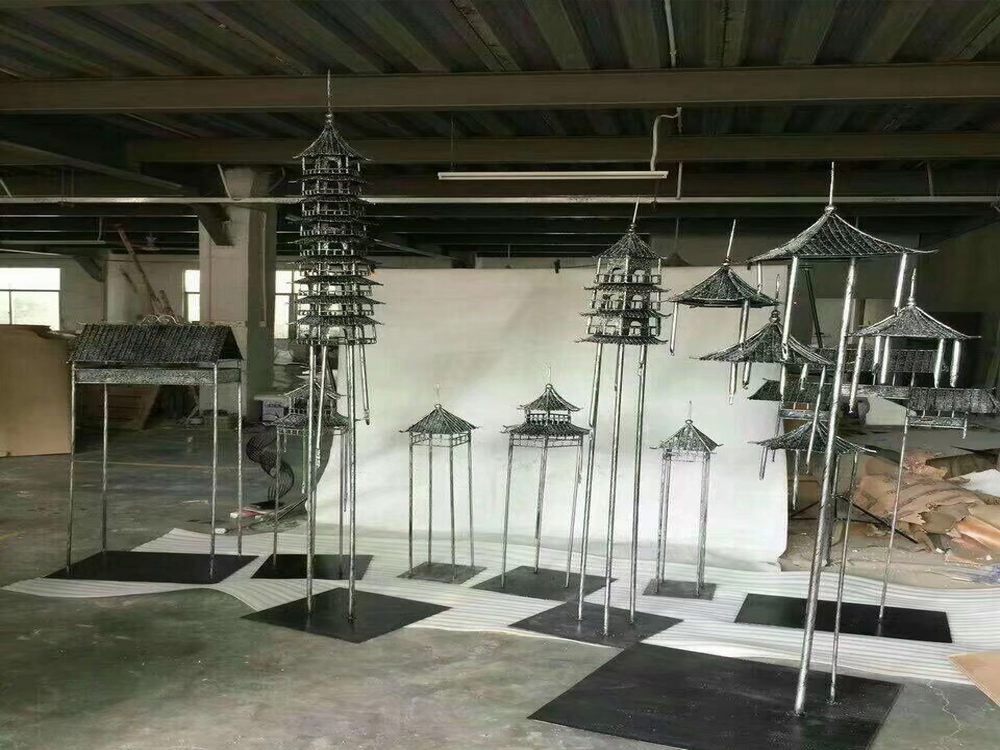
Stone sculpture has evolved significantly over centuries, with traditional and contemporary techniques offering distinct approaches to transforming raw stone into art. Traditional methods rely heavily on manual tools like chisels, hammers, and rasps, requiring years of apprenticeship to master. Artists often work directly from sketches or mental concepts, emphasizing organic textures and the natural qualities of materials like marble or limestone.
In contrast, contemporary stone sculptors frequently incorporate technology such as 3D modeling, CNC machines, and laser cutting to achieve precision and complex designs. These modern tools allow for rapid prototyping and the replication of intricate details that would be time-prohibitive with hand carving. Additionally, contemporary artists experiment with unconventional materials like synthetic stone composites and mixed-media integrations.
While traditional techniques prioritize craftsmanship and the tactile connection between artist and medium, modern methods emphasize efficiency, scalability, and conceptual innovation. Both approaches continue to coexist, with many sculptors blending old-world skills with cutting-edge technology to push the boundaries of stone artistry.

